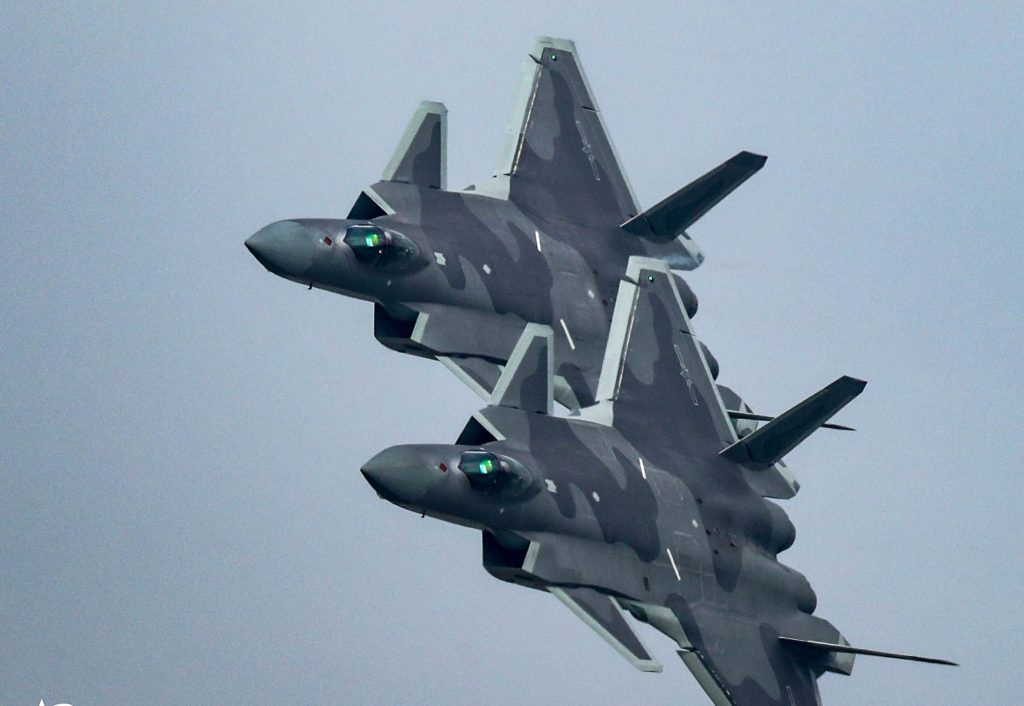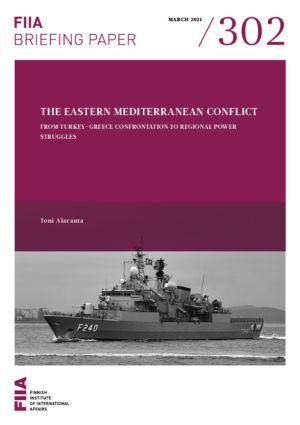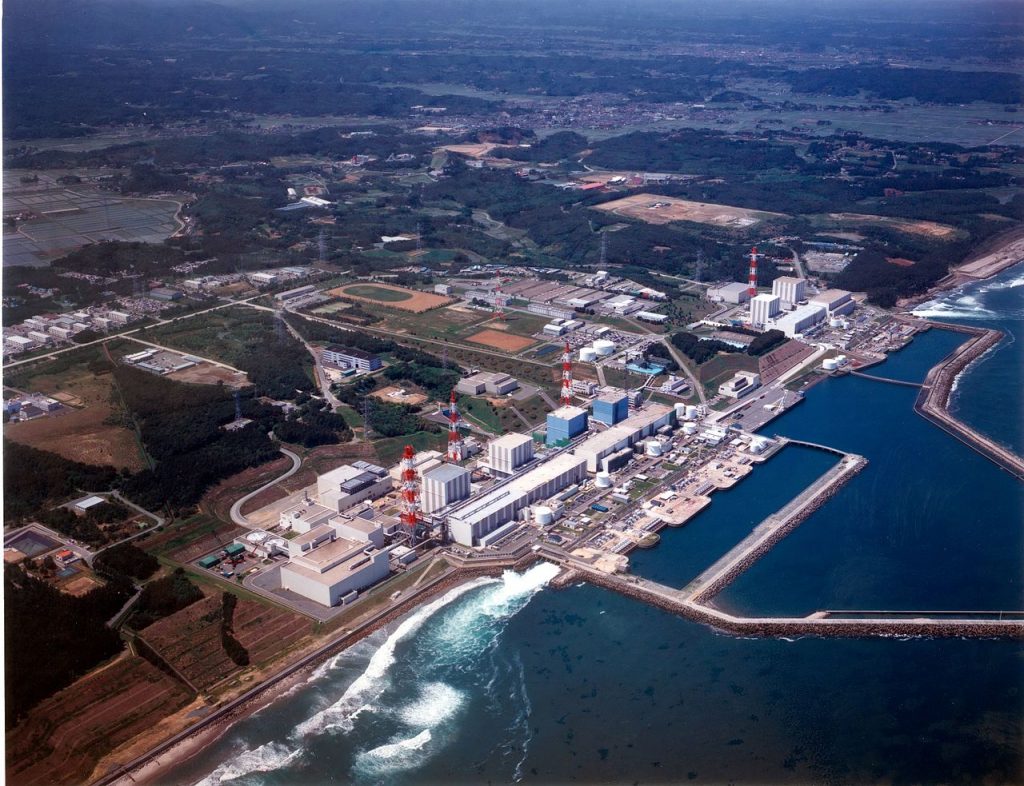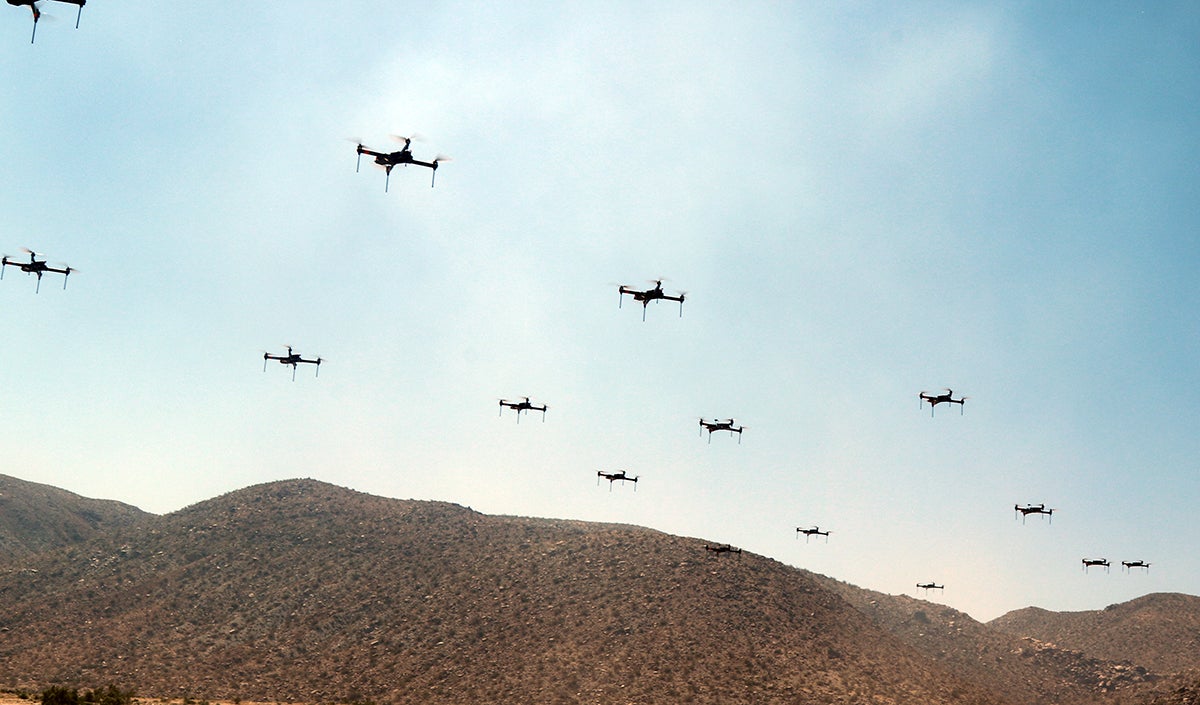Rohan Mukherjee
China–India relations took a turn for the worse in 2020. Intrusions by the People’s Liberation Army along the contested border led to a military standoff and skirmishes, the likes of which had not been seen for decades between the two countries. Only recently have they begun the process of disengagement.
India’s neighbourhood has increasingly become a space in which the two major powers jostle for influence. Over the last decade, China has become one of the top exporters to South Asia. Chinese investments have poured into infrastructure projects such as railways, ports, highways and economic corridors spanning thousands of kilometres across the region. Except for India and Bhutan, all South Asian countries are members of China’s Belt and Road Initiative.
South Asian states have been quietly watching the sparks flying on the Himalayan frontier. Even Pakistan — perhaps China’s closest partner globally and with the most to gain from India being distracted on its eastern flank — has done little out of the ordinary to change the status quo. On 25 February 2021, New Delhi and Islamabad unexpectedly recommitted to a ceasefire along their disputed border.
Nepal is an exception, taking the crisis as an opportunity to officially release and constitutionally legitimate a new map claiming three small territories historically disputed with India. India has claimed and controlled these territories for decades, with little official protestation from Nepal. Kathmandu’s unprecedented action during the China–India standoff therefore suggested a desire to poke India in the eye while acknowledging Nepal’s burgeoning ties with China. This type of signalling was a level up from the China–India military standoff at Doklam in 2017, when Nepali elites blamed India for the crisis but still acknowledged that it would be best for Kathmandu to stay uninvolved.











